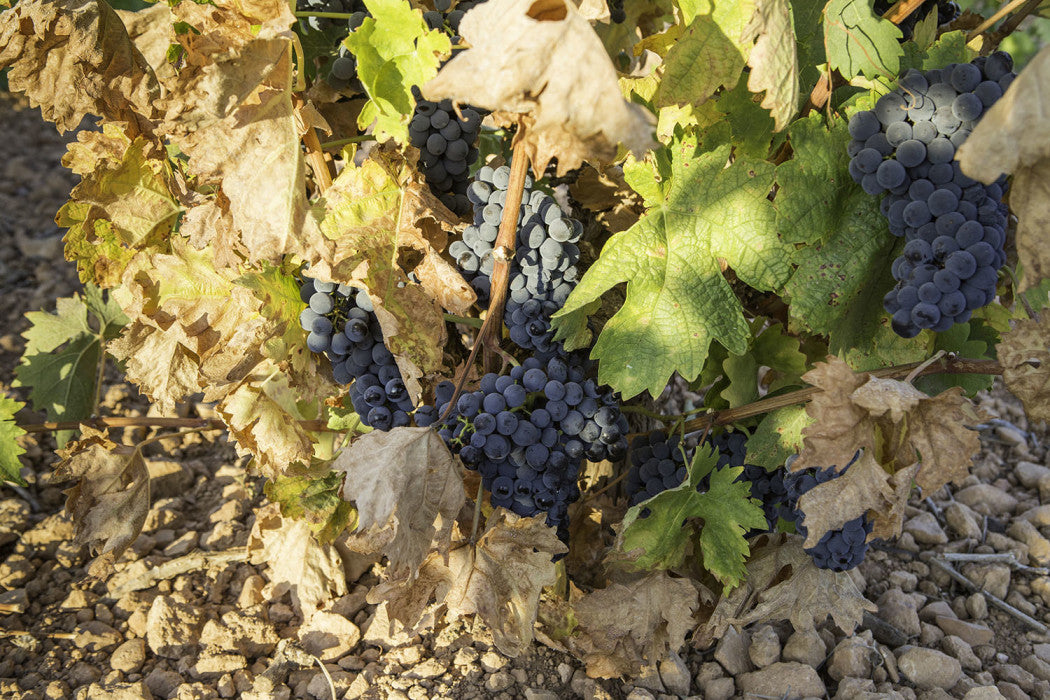Your basket is empty
Already have an account? Log in to check out faster.
Already have an account? Log in to check out faster.
The leading estate in the Pécharmant appellation, Château de Tiregand celebrates several centuries of history. During the French religious wars of the 16th century, the Huguenot captains Jaure and La Palanque, while on the Tiregand property, divided out precious treasures captures from their Roman Catholic opponents. The estate passed through many hands over the ensuing years, including Jean de Belrieu, Bergerac’s town bailiff; the d’Augeards family, parliamentarians; Jean-Charles d’Augeard de Virazeil, President of the High Court at Bordeaux; and, in the 19th century, Count César-Alexandre de La Panouse. Over the course of the 20th century, Château de Tiregand was owned and run by the Saint-Exupéry family, direct descendants of the Count de La Panouse, and distant relatives of Antoine de Saint-Exupéry, World War II pilot and author of The Little Prince.
The Tiregand wines have long been recognized for their outstanding quality. In 1903, the revered Féret guide deemed Tiregand’s wines the greatest in the Dordogne. Nevertheless, at that time, the estate was planted exclusively to white varieties, with vine material from Sauternes’s Château d’Yquem, the most famous sweet wine estate in the world. A devastating frost in 1956 destroyed all but 4 hectares, at which time François de Saint-Exupéry introduced red varieties to the property, giving rise to Tiregand’s beloved Pécharmant wines.
In 2022, Christophe Piat, owner of Château Couronneau in Bordeaux, acquired Château de Tiregand. Longtime practitioners of sustainability, the Piat family, with sons Côme and Grégoire, immediately underwent converting the estate to organic farming, while also following a number of biodynamic principles.
The truth in our land. Rescuing the best soils and vineyards to make our wines.
The truth of our family. Learning from our ancestors, who already worked these lands.
The truth of our wine. Faithful expression of our region and family history.



The beating heart of the Spanish landscape (and the region is actually heart-shaped), Castilla-La Mancha is the autonomous community that sits at the nation’s center, just southeast of Madrid. In many senses, this is archetypal Spain. The name Mancha derives from manxa, a Moorish term that translates to “scorched earth.” Indeed the landscape epitomizes that quintessential Spanish image of dry, beige clay soils baked by the beaming Iberian sun. This is the land of Cervantes’s Don Quixote, a countryside dotted by the famous windmills the masterwork’s protagonist mistook for giants.
Resting atop Spain’s principle plateau, the Meseta Central, Castilla-La Mancha is home to one of the world’s largest continuous winegrowing regions. Hot and prolific in its output, Castilla-La Mancha cultivates a wealth of old vineyards. These gnarly, old, head-trained vines are traditionally planted in a traditional marco real system, in which individual wines are spread approximately 2.5 meters apart to reduce competition for water in this desiccated climate. Although a diversity of grapes are harvested, Cencibel is most prominent among reds, and Airén among whites. In addition to wine production, Castilla-La Mancha is recognized for its sheep farming. The famous Spanish cheese Manchego takes its name and hails from the region.
